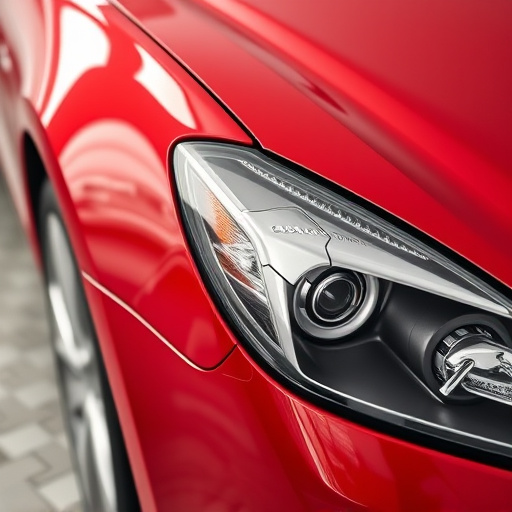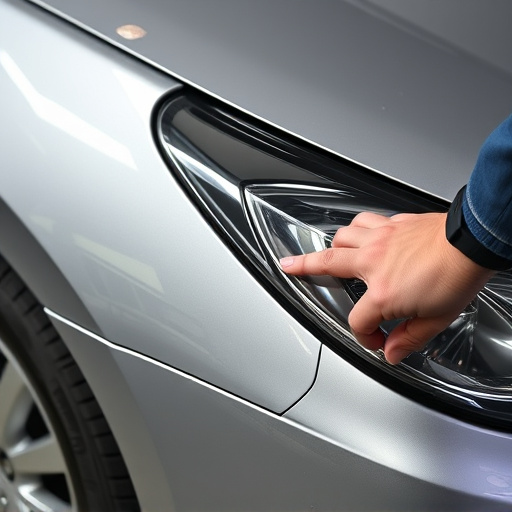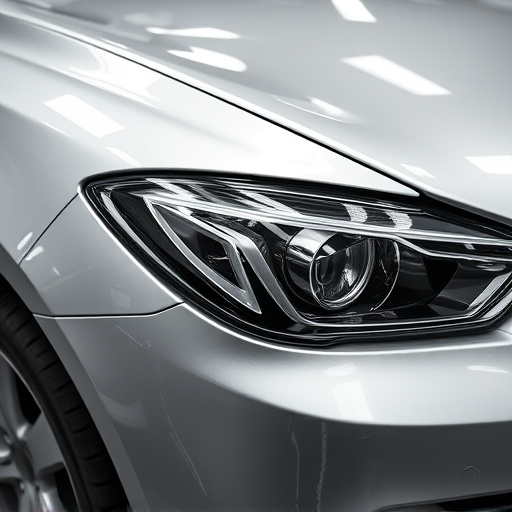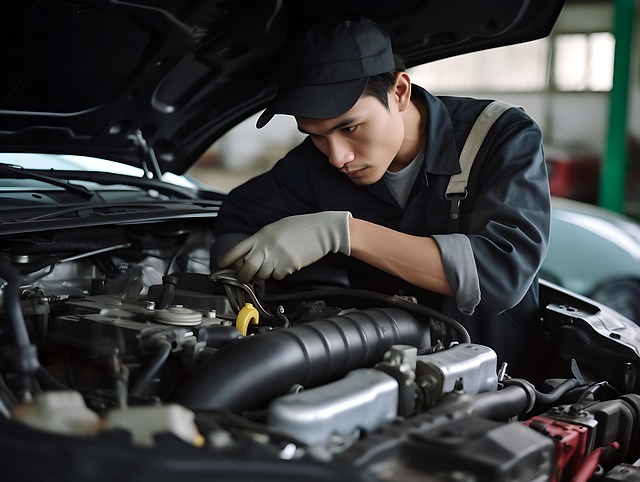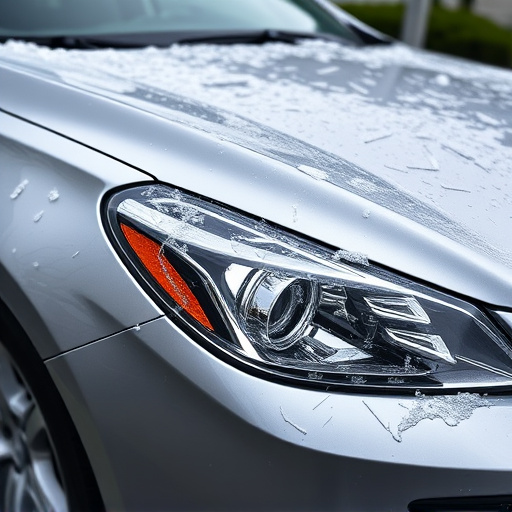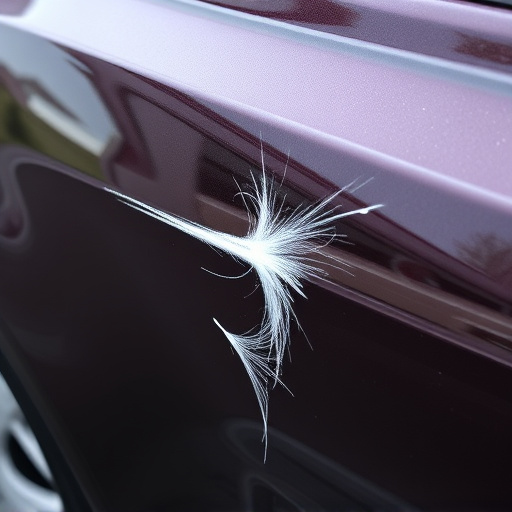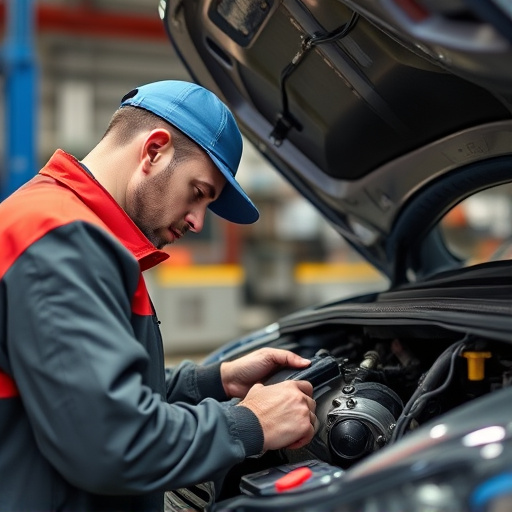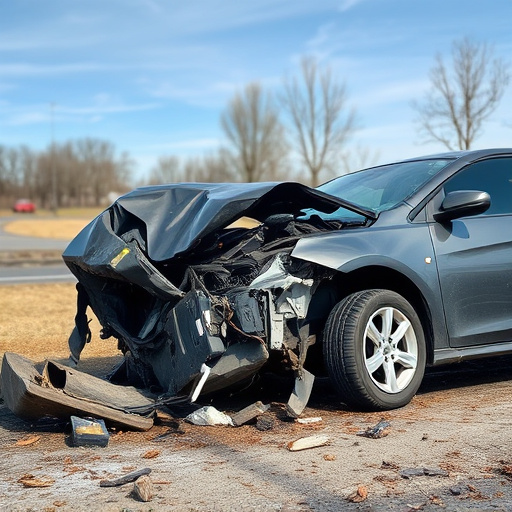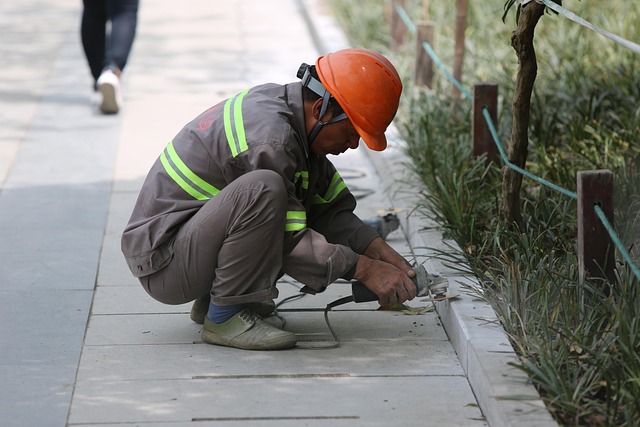Windshield calibration is vital for Automatic Emergency Braking (AEB) systems' accuracy and safety. Regular checks prevent delayed or incorrect braking, crucial for accident prevention during mercedes benz repairs and classic car restoration. Proper calibration accounts for environmental changes and vehicle wear, ensuring optimal AEB performance in all driving conditions.
Windshield calibration is a critical yet often overlooked aspect of modern vehicles’ safety systems. Automatic emergency braking (AEB) relies on precise sensor data to detect and react to potential collisions. In this article, we explore how windshield calibration serves as the foundation for accurate AEB performance. We delve into the impact of misalignment, highlighting its effects on emergency braking effectiveness. Additionally, we discuss strategies for enhancing safety through fine-tuning, ensuring optimal AEB response for improved driver and passenger protection.
- Windshield Calibration: The Foundation of Accurate Sensor Data
- Impact of Misalignment: How It Affects Emergency Braking
- Enhancing Safety: Fine-Tuning for Optimal Performance
Windshield Calibration: The Foundation of Accurate Sensor Data
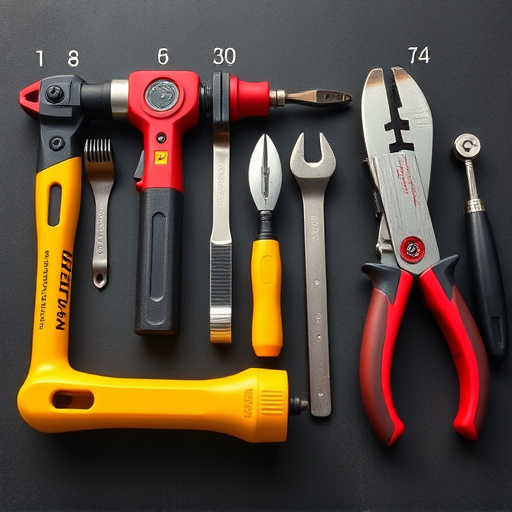
The foundation of any automatic emergency braking system lies in accurate sensor data, and this is where windshield calibration plays a pivotal role. Windshield sensors are responsible for detecting obstacles and calculating vehicle speed, both critical factors in determining when to activate emergency brakes. Calibrating these sensors ensures they provide precise readings, enabling the system to respond swiftly and effectively during critical situations.
A well-calibrated windshield can make all the difference in a mercedes benz repair scenario, where precision is key. Should the sensors be off by even a slight margin due to poor calibration, it could lead to delayed or incorrect braking interventions. This is particularly important for car body repair as accurate data ensures that the vehicle’s safety systems function optimally, preventing potential accidents and minimizing damage in the event of one.
Impact of Misalignment: How It Affects Emergency Braking
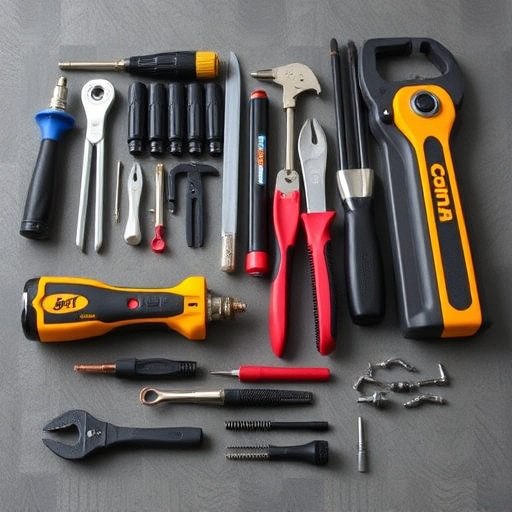
Misalignment in windshield calibration can significantly impact the performance of automatic emergency braking systems, leading to potential safety hazards on the road. When a vehicle’s windshields or sensors are not accurately calibrated, it disrupts the system’s ability to gauge distances and detect obstacles effectively. This misalignment may cause the auto body repair or restoration process to become more intricate as technicians need to ensure precise calibration during the setup or replacement of these critical components.
In an emergency braking scenario, accurate sensor readings are vital for swift and appropriate responses. If the system is not properly aligned, it might fail to recognize imminent dangers, resulting in delayed reactions or even incorrect calculations that could exacerbate the impact. Regular calibration checks and adjustments, especially during classic car restoration projects, are essential to maintain optimal performance and ensure the safety of drivers and passengers alike.
Enhancing Safety: Fine-Tuning for Optimal Performance
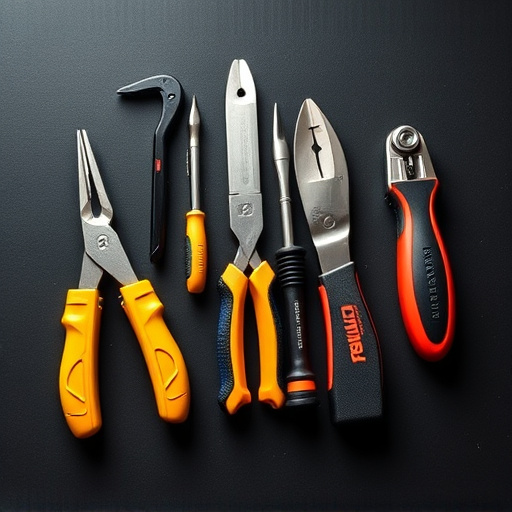
Enhancing Safety: Fine-Tuning for Optimal Performance
Automatic Emergency Braking (AEB) systems are designed to save lives by applying the brakes automatically when detecting an imminent collision. However, their performance heavily relies on precise calibration of sensors and algorithms. Regular windshield calibration plays a pivotal role in ensuring these safety features function optimally. By regularly fine-tuning the system, manufacturers can account for changes in driving conditions, vehicle wear, and sensor drift, ultimately improving overall safety.
Just as a classic car restoration involves meticulous attention to detail to bring it back to its former glory, so too does windshield calibration ensure that AEB systems operate with the same level of precision. This fine-tuning process is particularly crucial for older vehicles or those undergoing vehicle paint repair or classic car restoration, where changes in sensor alignment or material properties can significantly impact the system’s effectiveness.
Proper windshield calibration is paramount for ensuring automatic emergency braking (AEB) systems function optimally. By aligning sensors accurately, calibration minimizes misalignment issues that can negatively impact AEB performance. Regular fine-tuning not only enhances safety but also safeguards against potential accidents caused by sensor malfunctions. Embracing best practices in windshield calibration enables vehicles to react swiftly and effectively during critical situations, ultimately saving lives on the road.

